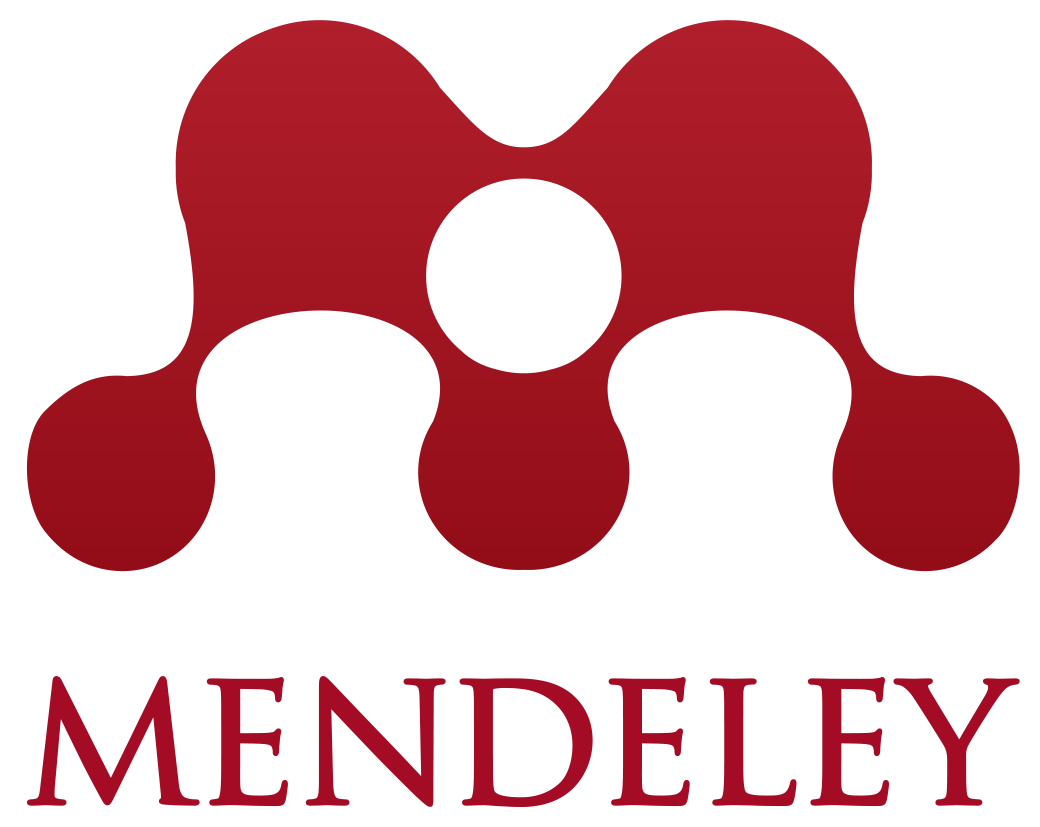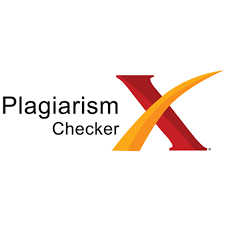PROFIL KELARUTAN LIMBAH MINYAK BERAT AKIBAT PENAMBAHAN BAHAN PENCAMPUR
Abstract
Heavy Oil Waste (HOW) is on of the most important petroeum waste. In the recent years, many contamination of soil or water by HOW have been reported. Bioremediation is one of the alternative technology to clean the HOW contaminated soil since it is enviromentally friendly, effective, efficient and low cost. The contaminated soil is diluted in water to form bioslurry. However, the solubility of HOW in water is very low. To increase HOW solubility in water, addition of four mixing agents were tested namely: Sodium Tripolyphosphate (STPP), Carboxymethyl cellulose (CMC), quart sand and pumice stone. The main characteristics of HOW were solid TPH was 17.2%, water content was 1.96% and Cu and Hg content was 1.49 ppm and 3.33 ppb, respectively. The parameters determined were turbidity, solid TPH, liquid TPH pH and COD. The results showed that (1) the highest turbidity was in the STPP addition; (2) the lowest solid TPH was in the addition of pumice stone; (3) the highest liquid TPH was in the STPP addition;(4) the pH varied from 3.6 to 7.9; (5) the ghigest COD was in the addition of STPP. From these results it can be concluded that the best mixing agent to increase the solubility of HOW in soil slurry was STPP. Keywords: heavy oil waste (HOW), mixing agents, solubility of HOWDownloads
Published
2010-04-01
How to Cite
CharlenaC., AnasI., Mas’udZ. A., SyahrezaA., & WanodyantiN. D. (2010). PROFIL KELARUTAN LIMBAH MINYAK BERAT AKIBAT PENAMBAHAN BAHAN PENCAMPUR. Jurnal Ilmu Tanah Dan Lingkungan, 12(1), 31-35. https://doi.org/10.29244/jitl.12.1.31-35
Section
Articles
Department of Soil Science and Land Resources Departemen Ilmu Tanah dan Sumberdaya Lahan, Faculty of Agriculture Fakultas Pertanian, IPB University


















